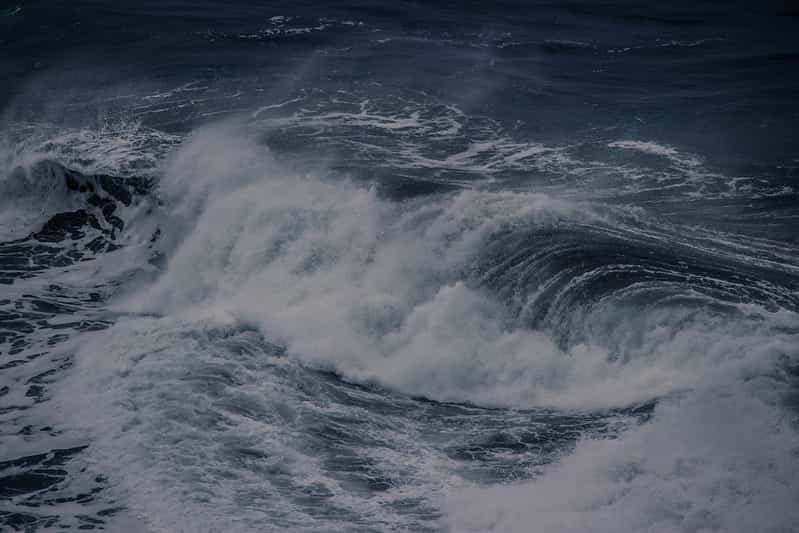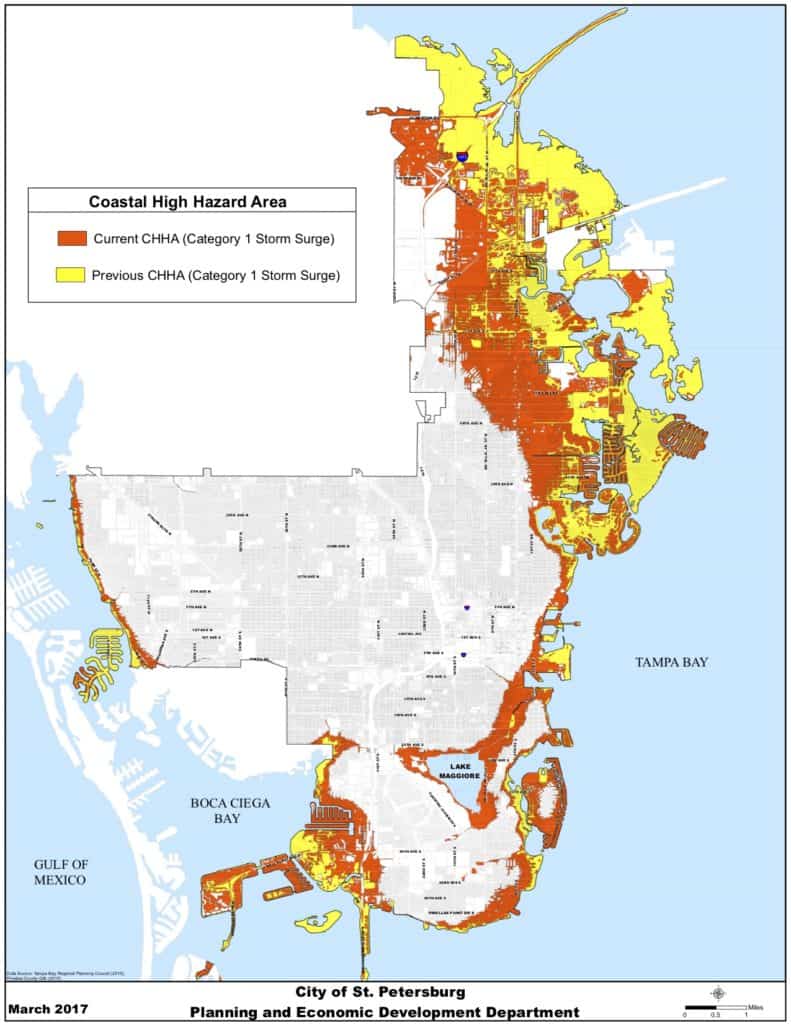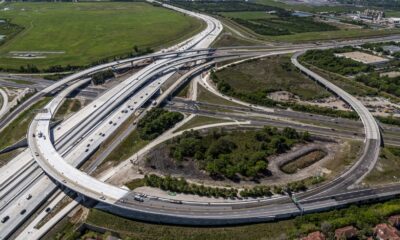Know
St. Pete City Council considers revamp to zoning code in areas that could flood during storms

Construction of apartments and other multifamily housing could be allowed in parts of St. Petersburg that could flood in a hurricane, provided the new developments are resilient to storm surge and meet other safety criteria, under a proposal the City Council will look at this week.
The council will review draft amendments to the city’s comprehensive plan and land development regulations that would allow for multifamily development in coastal high hazard areas under certain circumstances.
Following a state update in 2016, St. Petersburg now has 25 square miles of coastal high hazard areas — those areas that are below the elevation of a category 1 storm surge line. That’s 41 percent of the city’s geographic area.

The newly expanded coastal high hazard area includes properties identified as important for economic development, such as the Gateway area, Echelon Town Center and Carillon Office Park, headquarters for Jabil and ASI/Progressive Insurance, the Innovation District, part of University of South Florida St. Petersburg and some of the Skyway Marina District, as well as many mobile home parks, planning and development services director Liz Abernethy said at an Oct. 15 public meeting.
Current city regulations say density, or the average number of dwelling units per acre, cannot be increased in a coastal high hazard area. The proposed amendments would change that.
“What we’re thinking about is an old shopping center, where you have the typical sea of parking and you have a one-story grocery store and it’s in need of redevelopment. If the underlying (zoning) allows 15 dwelling units per acre, but we were to increase that to 24 or 30, then maybe we could have a mixed-use project that has some retail and commercial along the street, that would have two- or three-story townhouses, maybe some four- or five-story apartments that would be on a major street with transit,” Abernethy said.
“It’s those kind of opportunities that complement our transit plans in a location that maybe is in need of redevelopment, is already serviced by water, sewer and roads, and it would potentially help redevelop some of those areas at a little bit more intensity level. Right now, our code does not allow for that consideration. This would allow for some of that consideration.”
Developers would have to meet a lengthy list of standards, including providing for hurricane shelter mitigation and preparing hurricane evacuation plans, elevating the finished floors of their projects and constructing the building to withstand higher wind speeds, among other things. Project approval would not be automatic and would be considered on a case-by-case basis, Abernethy said.
One audience member asked why higher densities in the coastal high hazard areas would be considered at all.
“That’s a policy decision for our city council to make. We’re giving them some options,” Abernethy said. “There are many areas that were not in the old coastal high hazard area, which was mostly preservation and single-family. Now we’re into commercial corridors where perhaps we want to see some redevelopment.”
Another audience member suggested delaying a decision about coastal high hazard areas until after completion of StPete2050, a community-wide conversation about the future of St. Petersburg. That’s another option for the City Council to consider, Abernethy said.
“One of the motivations for keeping moving is that every day we get a new project that comes into our office to build. Are we missing another year or two worth of new projects being built in the coastal high hazard, where we could have applied these higher development standards? It’s that balance and the discussion we’ll be having at council is — what’s the timing? Does it make sense to wait another year until we come back after 2050, or do we make these changes now, because again it’s not automatically changing density. It’s allowing an applicant to come forward with an application to do that,” she said.
“I’d like to say I’m not doing any zoning and land use actions for the next year and just focus on 2050, but we have a lot of priorities, including affordable housing, that we need to move forward with and not wait. So it’s really a balance of policy initiatives quite frankly.”
The City Council and staff appear to have have struggled to balance public safety and economic development, said yet another audience member.
“I’m still very concerned about the public safety piece,” that unidentified audience member said. “I find it interesting that two of the meetings (to discuss coastal high hazard changes) were cancelled because of hurricanes. It’s the storm surge, it’s sea level rise, it’s all of that. We live on a peninsula on a peninsula and we’re very vulnerable. This is an opportunity to speak to council members and if you’re concerned, let them know.”
The City Council will look at the proposals when members meet as a committee of the whole Thursday afternoon. The council could delay until after StPete2050, or could ask for more information and additional work on the proposals. If the city council wants to move forward with the draft amendments, adoption likely could not occur before February or March, Abernethy said.







